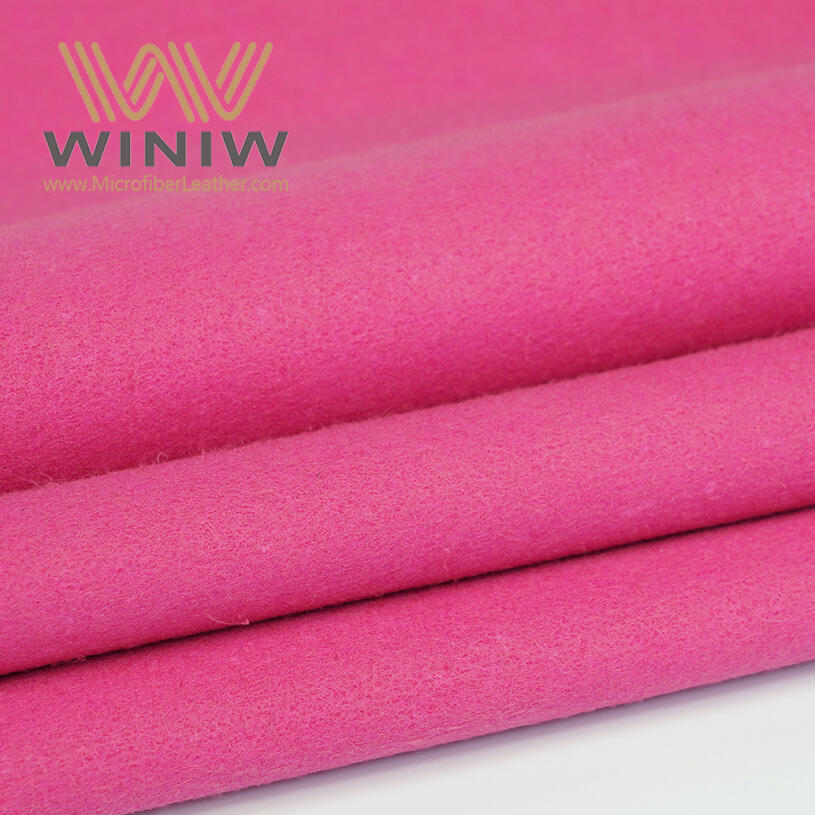In the ever-evolving landscape of fashion and design, materials play a pivotal role in shaping our aesthetics, comfort, and even our environmental footprint. Among the myriad of textures and fabrics, synthetic leather, or more commonly known as faux leather, has emerged as a controversial yet intriguing player. Today, let's delve into the world of synthetic leather, understanding its origins, benefits, challenges, and its potential role in a more sustainable future.
Origins and Evolution
Synthetic leather's journey began as an attempt to mimic the luxury and durability of real leather without the ethical and environmental baggage that often accompanies it. Traditional leather, derived from animal hides, has been a staple in human culture for centuries, but with growing concerns about animal welfare and the environmental impact of livestock farming, alternatives were sought.
The early versions of synthetic leather, like PVC (Polyvinyl Chloride) and PU (Polyurethane), were developed in the mid-20th century. These materials offered a similar look and feel to genuine leather but with a more industrial, mass-produced edge. Over time, advancements in technology have significantly refined these synthetics, making them increasingly difficult to distinguish from the real thing.
Benefits of Synthetic Leather
-
Cost-Effective: Synthetic leather is generally more affordable than genuine leather, making it accessible to a wider consumer base.
-
Versatility: Manufacturers can customize synthetic leather in a variety of colors, textures, and finishes, catering to diverse fashion trends and consumer preferences.
-
Durability: Modern synthetics are designed to be highly resilient, withstanding wear and tear better than some natural materials.
-
Animal-Friendly: One of the most compelling benefits is its cruelty-free nature, appealing to consumers who prioritize ethical fashion.
Environmental Concerns
Despite its advantages, synthetic leather is not without its environmental drawbacks. PVC, in particular, is known for its production of harmful chemicals during manufacturing and its non-biodegradable nature, posing long-term threats to ecosystems. PU, while less harmful, still requires petroleum-based raw materials and can release volatile organic compounds (VOCs) during production.
Moreover, the disposal of synthetic leather products contributes to landfill accumulation and microplastic pollution, as they do not decompose easily. This underscores the importance of circular economy principles and responsible recycling practices in managing synthetic materials.
Towards a Sustainable Future
In response to these environmental challenges, the fashion industry is exploring innovative materials that aim to reduce the ecological footprint of synthetic leather. Biobased and biodegradable alternatives, such as pineapple leather (made from pineapple leaf fibers), mushroom leather (cultivated from fungal mycelium), and plant-based PU (derived from sources like castor bean oil), are emerging as promising solutions.
These new materials offer the luxury and durability of traditional synthetics while significantly reducing reliance on non-renewable resources and harmful chemicals. However, the scalability and cost-effectiveness of these alternatives are still areas of ongoing research and development.
Conclusion
Synthetic leather stands at a crossroads, balancing the demands of fashion, ethics, and sustainability. As consumers become more informed and discerning about their purchasing decisions, the pressure grows for the industry to innovate responsibly. By embracing biobased and eco-friendly technologies, the future of synthetic leather could pave the way for a fashion sector that is both stylish and sustainable, respecting both people and planet.
In this journey, education and transparency are key. Understanding the origins and impacts of our materials empowers us to make informed choices, driving the industry towards a greener, more equitable future. So, next time you're tempted by that sleek faux leather jacket or bag, remember, it's not just about the look—it's about the legacy we leave behind.

 EN
EN








































